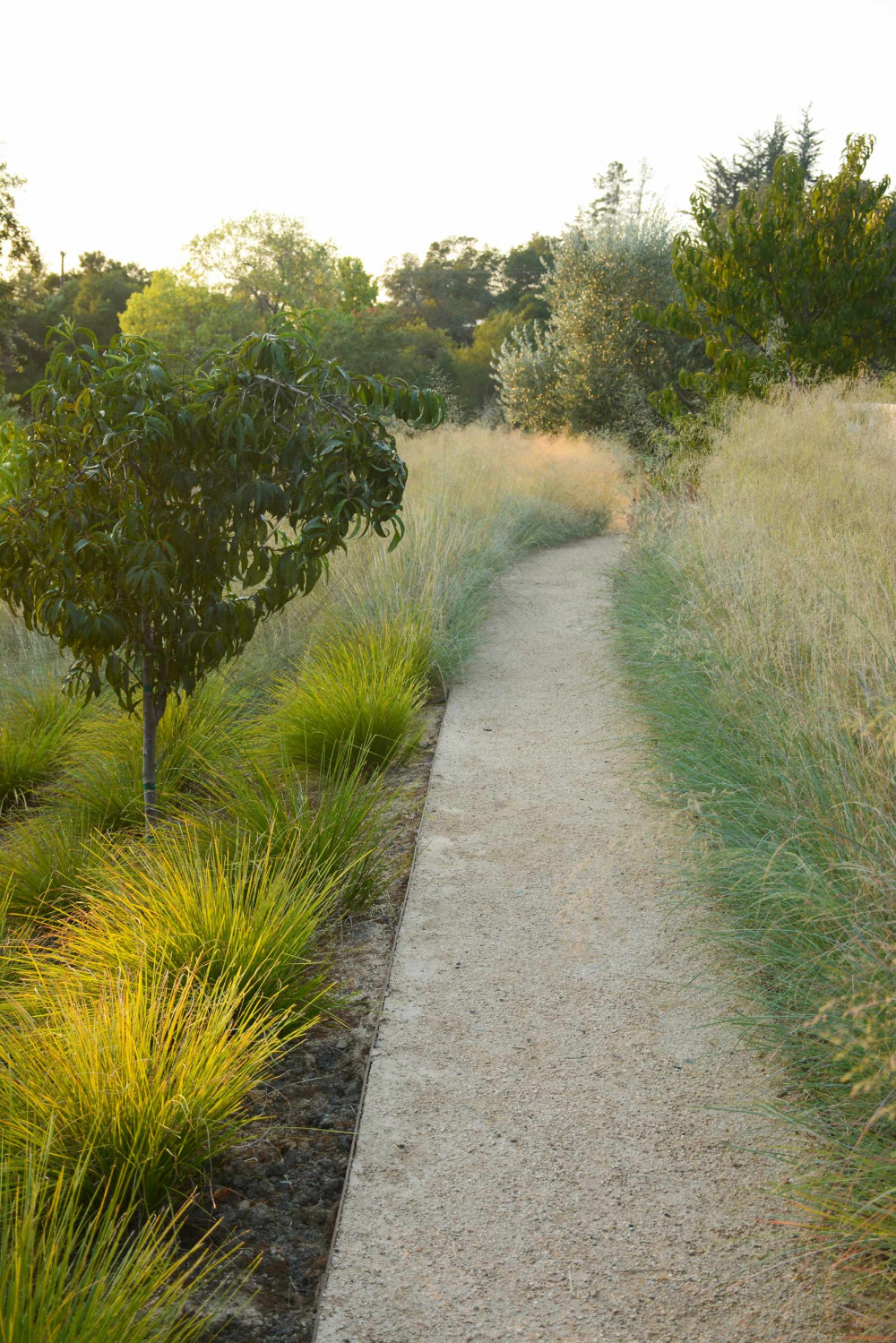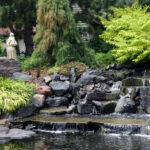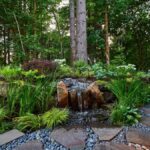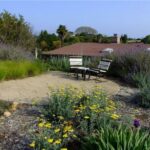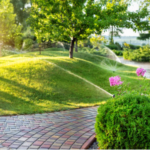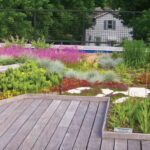Sustainable landscaping is a growing trend in the world of gardening and outdoor design. This practice involves creating a garden or outdoor space that is not only beautiful and functional, but also environmentally friendly and ecologically sound. Sustainable landscaping focuses on using native plants, conserving water, reducing chemical pesticide and fertilizer use, and creating habitats for wildlife.
One of the key principles of sustainable landscaping is choosing native plants. Native plants are well-adapted to the local climate and soil conditions, making them easier to care for and less reliant on water and additional resources. They also provide important habitats and food sources for local wildlife, such as birds, bees, and butterflies. By incorporating native plants into your landscaping, you are helping to support local ecosystems and biodiversity.
Conserving water is another important aspect of sustainable landscaping. By using water-efficient irrigation systems, such as drip irrigation or rain barrels, and selecting drought-tolerant plants, you can significantly reduce your water consumption. Mulching your garden beds can also help retain moisture in the soil and reduce the need for frequent watering. Making smart choices about water usage in your landscaping can help conserve this valuable resource and reduce your environmental impact.
To minimize the use of chemical pesticides and fertilizers in your landscaping, consider using organic or natural alternatives. These products are not only better for the environment, but also safer for pets, children, and wildlife. Integrated pest management techniques, such as planting companion plants to deter pests or introducing beneficial insects, can help keep your garden healthy and pest-free without the need for harmful chemicals.
Creating wildlife habitats in your landscaping is another important aspect of sustainable gardening. By including a variety of plants, trees, and shrubs that provide food, shelter, and nesting sites for wildlife, you can create a thriving ecosystem in your backyard. Birdhouses, bat boxes, and bee hotels can also attract beneficial wildlife to your garden, helping to support biodiversity and create a more balanced and healthy environment.
Incorporating sustainable landscaping practices into your outdoor space can have numerous benefits, both for the environment and for your own well-being. By choosing native plants, conserving water, reducing chemical pesticide use, and creating wildlife habitats, you can create a beautiful and eco-friendly garden that supports local ecosystems and wildlife. Sustainable landscaping is not only a responsible choice for the environment, but also a rewarding and enjoyable way to connect with nature and create a more sustainable future.
